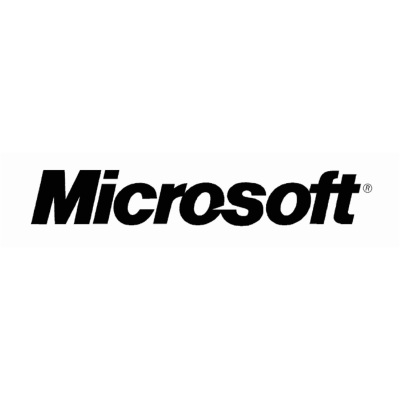
Microsoft has showed increased interest in virtualization lately, aiming to improve the experience its enterprise customers have in the area, while also setting to provide enhanced such capabilities to end-users as well.
Currently, more and more people use multiple devices every day, including Windows-based computers that help them do the work either at the office or at home.
The latest advancements Microsoft announced in the virtualization area are meant to provide users with the same experience on several devices, all through simple management.
The idea is to enable roaming of applications and user settings between multiple computers, while offering a seamless experience on that.
“With Microsoft Desktop Virtualization, we aim to deliver virtualization through a more comprehensive platform – allowing people to use virtually any application anywhere and access Windows everywhere – while simplifying compliance and management through a centralized and unified infrastructure,” Microsoft's Karri Alexion-Tiernan explains in a blog post.
“Microsoft provides a one-stop shop where customers can design the right solution for their business from the full spectrum of desktop virtualization products we offer.”
While the main focus so far has been on the benefits that virtualization brings to companies, the latest trend towards the consumerization of PC is imposing changes in the manner in which applying the technology is regarded.
What influences this change the most is the fact that people want to interact and get their work done in specific ways.
UE-V will enable users to carry their settings from one PC to another with only a few simple clicks, even if one of them runs Windows 7 and the other is powered by Windows 8 Karri Alexion-Tiernan showed Softpedia at TechEd EMEA 2012.
Another useful tool here is App-V 5.0, which was designed to allow virtual applications to work more like traditional applications.
Also with support for Windows 7 and Windows 8 computers, it was launched as an integrated virtual application extension, which can provide users with increased flexibility, as well as with optimizations for storage, and with centralized management of applications.
Microsoft's Remote App or Microsoft VDI (session based) and server hosted applications are available on any Windows-powered device, leading to a virtualization of applications.
Via: Microsoft Desktop Virtualization, a More Comprehensive Platform
Tidak ada komentar:
Posting Komentar